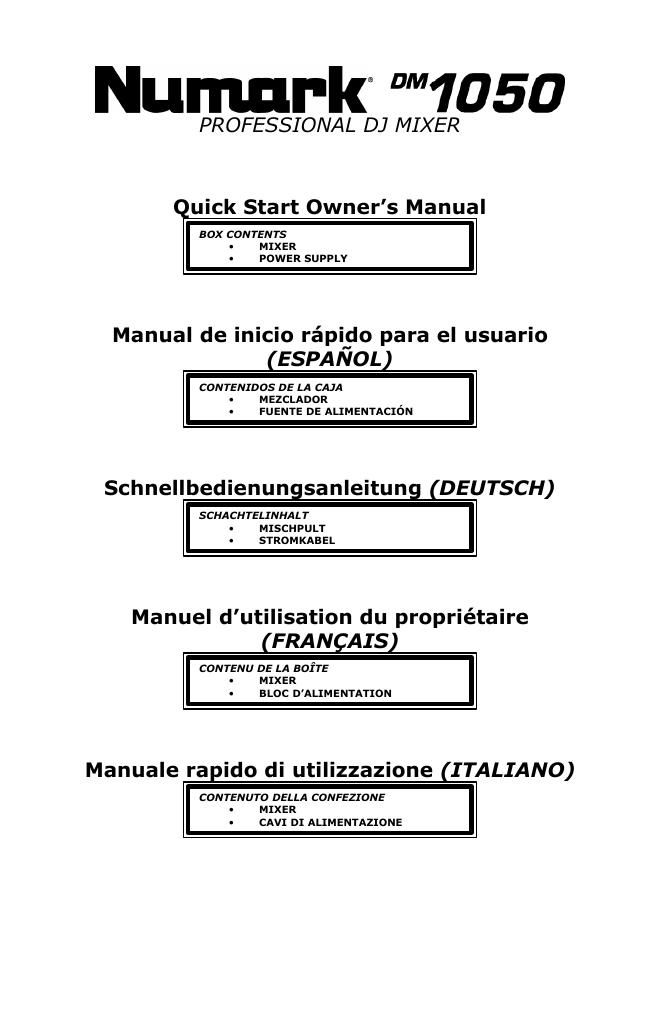Numark dm 1050 en
This is the 11 pages manual for numark dm 1050 en.
Read or download the pdf for free. If you want to contribute, please upload pdfs to audioservicemanuals.wetransfer.com.
Page: 1 / 11

This is the 11 pages manual for numark dm 1050 en.
Read or download the pdf for free. If you want to contribute, please upload pdfs to audioservicemanuals.wetransfer.com.
